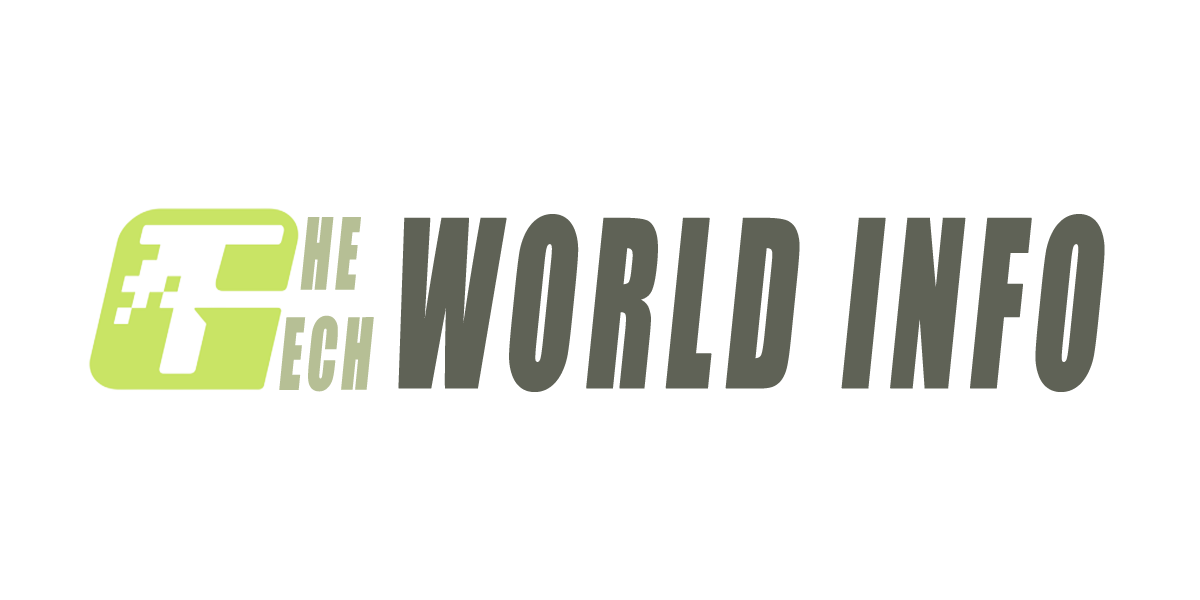Welding, the process of joining metals, is a fundamental technique in manufacturing and construction industries. At the heart of this essential process lies the welding machine, a versatile tool that brings metals together through the application of heat, pressure, or a combination of both. In this article, we’ll delve into the world of welding machine, exploring their types, applications, and the critical role they play in various industries.
Types of Welding Machine
Welding machines come in various types, each tailored to specific welding methods and applications:
- Arc Welding Machines: These machines utilize electricity to create an electric arc between the welding electrode and the base metal. Arc welding includes methods like Shielded Metal Arc Welding (SMAW), Gas Metal Arc Welding (GMAW), and Gas Tungsten Arc Welding (GTAW). Arc welding machines vary in size and power output to accommodate different materials and thicknesses.
- Resistance Welding Machine: Resistance welding machines rely on electrical resistance to generate heat at the weld point. Spot welding and seam welding are common applications of this method in the automotive and manufacturing industries. These machines deliver high-speed, precise welds.
- TIG Welding Machines: Tungsten Inert Gas (TIG) welding machines use a non-consumable tungsten electrode and an inert gas, typically argon or helium, to create a controlled welding arc. TIG welding is favored for its precision and is commonly used in aerospace and high-quality fabrication.
- MIG Welding Machines: Metal Inert Gas (MIG) welding machines employ a consumable wire electrode and a shielding gas to protect the weld from atmospheric contamination. MIG welding is versatile and widely used in automotive and construction applications.
- Plasma Arc Welding Machines: Plasma arc welding machines use a highly focused ionized gas stream to generate intense heat for welding. This method is particularly useful for precision welding of thin materials and is applied in aerospace and electronics manufacturing.
Read Also: Studio Monitors The Sonic Architects of Music Production
Applications of Welding Machines
Welding machines find extensive applications in various industries, including:
- Construction: Welding is vital in the construction industry for joining structural components like beams, columns, and support structures. Welding machines ensure the integrity and stability of large-scale buildings and infrastructure.
- Manufacturing: Manufacturers employ welding machines for the fabrication of machinery, equipment, and components. The automotive, aerospace, and shipbuilding sectors rely heavily on welding for assembly and production.
- Repair and Maintenance: Welding machines are indispensable for repairing worn or damaged metal parts, extending the lifespan of machinery, vehicles, and infrastructure.
- Oil and Gas: The oil and gas industry uses welding machines to construct pipelines, storage tanks, and drilling equipment that withstand harsh conditions.
- Automotive: Welding machines are crucial in the automotive industry for assembling vehicle frames, chassis, and body components.
- Aerospace: Aerospace applications demand precise and high-quality welding, making TIG and laser welding machines invaluable for manufacturing aircraft components.
- Metal Fabrication: Metal fabricators utilize welding machines to create custom structures, architectural elements, and specialized machinery.
Read Also: CPQ Software Revolutionizing Manufacturing Sales
Challenges and Advancements
Despite their versatility and importance, welding machines face challenges related to operator safety, environmental concerns, and the need for ever-improving efficiency. Advancements in welding technology have led to innovations such as robotic welding systems, which enhance precision and productivity while reducing human exposure to hazardous conditions.
In addition, developments in welding power sources have led to more energy-efficient machines, reducing carbon footprints. Advancements in materials science have also resulted in improved welding consumables and filler materials, enhancing the strength and durability of welded joints.
Welding machines are the unsung heroes behind countless structures and products that shape our world. Their versatility, precision, and power make them indispensable tools in various industries, from construction to aerospace. As technology continues to advance, welding machines will play a vital role in building a more sustainable and connected world, joining metals with precision and reliability.



